Electro-Harmonix Pitch Fork Guitar Pitch Effect Pedal
The Pitch Fork transposes an instrument’s pitch over a +/- three octave range and features three modes which allow the pitch to be transposed up, down or both, simultaneously. The pitch shift amount can be set to a fixed interval or continuously varied by an expression pedal or control voltage. The controls are straightforward and intuitive. An 11-position Shift switch selects the maximum transposition interval ranging from D (Detune), a shift of 17 cents, through Minor 2nd, Major 2nd, Major 3rd, Perfect 4th, Perfect 5th, Major 6th, Minor 7th, 1 Octave, 2 Octaves and 3 Octaves. A three position toggle switch controls whether the pitch is transposed up, down or both. In Dual mode, two pitch-shifted signals are output. One follows the shift knob as if in the Up position while the other creates a harmony. Dual Mode settings include M3 up + P5 up, P5 up + 1 Oct down, 1 Oct up + 1 Oct down and many others. A Blend knob controls the mix of the dry signal and the effected signal, and an EXP jack enables the player to control pitch and glissando with an expression pedal. Latch or Momentary mode affects how the footswitch and EXP input behave. In Latch mode, the footswitch toggles between on and off each time it’s pressed and the EXP input continuously varies pitch. In Momentary mode the effect is only on while the footswitch is depressed and when it is released the Pitch Fork goes into bypass. In Momentary mode the EXP input controls glissando rate for the Pitch Fork’s footswitch. When the bypass footswitch is pressed, the Pitch Fork jumps from bypass to the interval set by the Shift knob. The amount of time it takes to reach that new note is the glissando rate. When the footswitch is released the pitch will return to unity at the same rate. That glissando time can vary between 4 milliseconds to two seconds depending on the heel/toe position of the expression pedal. The Pitch Fork comes equipped with an EHX 9.6DC-200 mA power supply and also runs on a 9 Volt battery.
Product Features
- Transposes over a +/- three octave range. Three shift modes: up, down or dual.
- 11-position Shift knob selects the transposition interval.
- EXP input lets you control pitch shift or glissando via optional expression pedal.
- Latch and Momentary modes affect how the footswitch and EXP input behave.
- Comes with EHX 9.6DC-200 mA AC Adapter, can also run off a 9V battery.
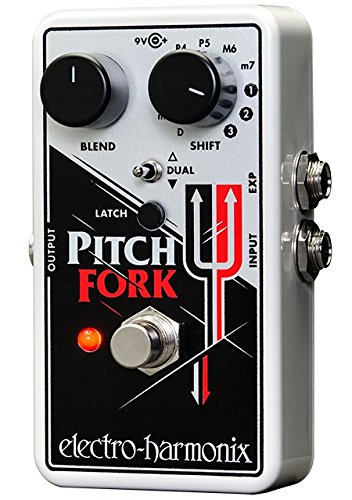

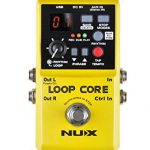
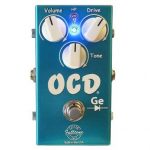
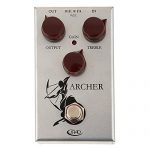
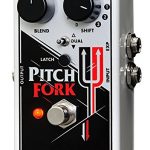
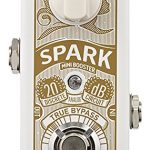

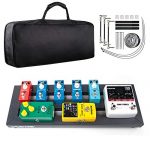
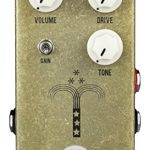
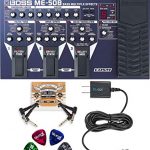
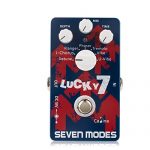
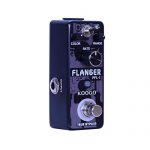
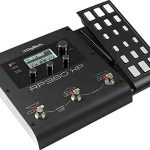
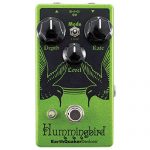
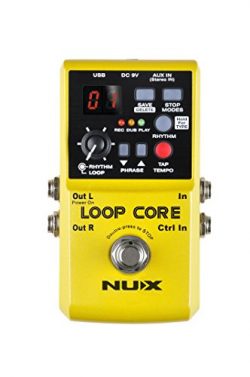
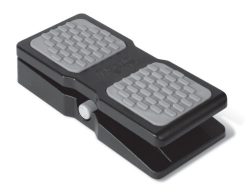
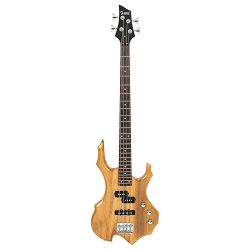
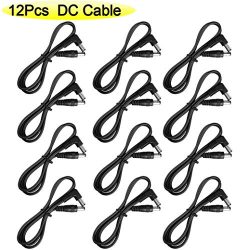
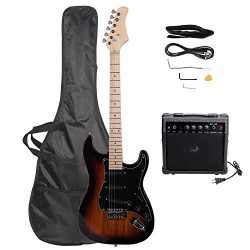
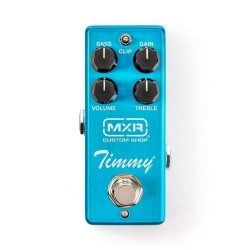
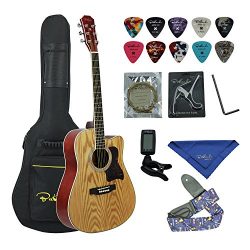

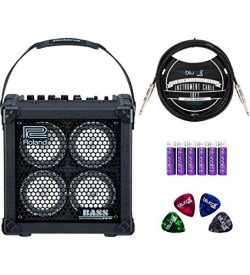

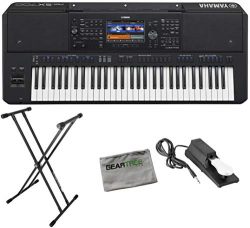
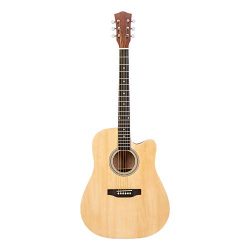
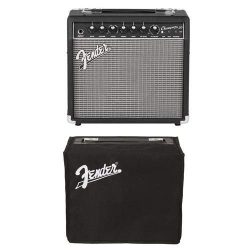
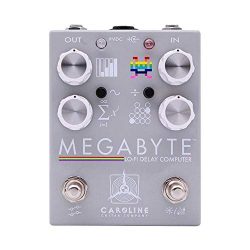
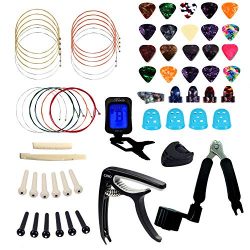

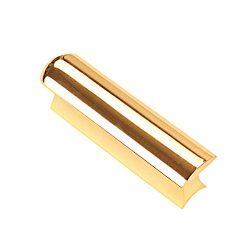


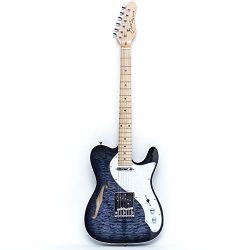
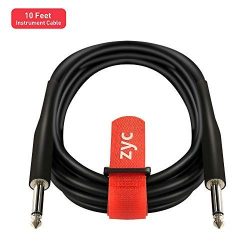
Incredibly versatile – wish it sounded a little more hi-res I was looking for a pitch-shifter, and I picked up the Digitech DROP before discovering this one. The DROP is pretty fantastic, and it does only one thing perfectly. That is, transpose down. Pitch unaffected. Plug-in only. This Pitch Fork pedal transposes up OR down, or up AND down, in several steps and octaves. I primarily use it to transpose (blend all the way to the right) but you can also use it to harmonize or create big sound. You can even dial in something that almost sounds organ-like…
Way more fun than the Cockfight I kinda panned their Cockfight pedal (for my setup and style) but I love this thing!Mine came in a shrink wrapped box with the AC adapter. The footswitch was totally loose and almost fell into the unit. I had to carefully tighten it without spinning it and ripping out the wiring. Totally unacceptable to recieve a partially unassembled product!I bought a Moog EP3 expression pedal which does two things: 1) obviously it opens up lots of dynamic shifting and sliding the…
Inspiring. One of the more under-utilized features (on YouTube demos) is the dual mode with harmonies. That mode is very inspiring. The M6 setting is amazing (basically comes out to be a major triad a fifth down from the note you play). Use the 1 octave setting in dual mode with the Superego for an organ-like sound. (Or get the EHX B9 if you’re really into organs.)You’re definitely going to want an expression pedal so you can change the gliss speed or gliss manually. The Moog EP3 (about 40…